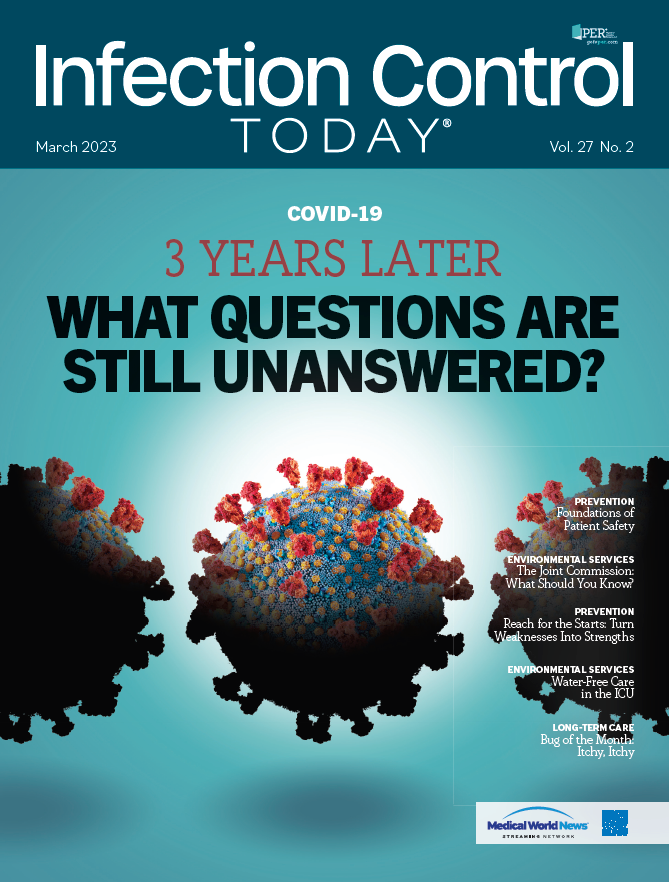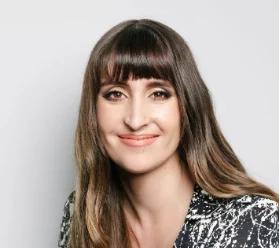When the Infection Prevention Epidemiologist Gets COVID-19
The public expects infectious disease experts to know how to protect them—and themselves—from getting ill from infectious diseases, including COVID-19. So, what happens when the infectious disease specialist gets ill herself?
There’s something intrinsically ironic when you get an infectious disease…as an infectious diseases specialist. I’m an infectious disease epidemiologist and infection preventionist, so there are often jokes that range from opposite ends of the spectrum. Either our risk tolerance is so messed up with years of dealing with infectious diseases, that we become cavalier, or we are so hyper-sensitive to it all that when such events happen it’s indicative that no one can escape the illness. Like so many, I had made it a solid chunk of this pandemic without getting COVID-19. I feel confident in saying that too, as I was tested at least 1 to 3 times a week since early on for work-related reasons. I was diligent in masking and even had serology work done prior to the vaccines, again providing that I had been COVID-19-free even in the early days when testing was a luxury.
Funny enough, many friends and colleagues who had also managed to avoid infection for most of the pandemic have also been facing their first brush with the virus in the past few weeks. Personally, I’m not surprised.
In general, I vaguely know where and how I got COVID-19. I was at a meeting for several days, working long hours, jet-lagged, interacting with tons of people, and being imperfect with masking. I opted to err on the side of risk, knowing that statistically, the odds were higher given the time of year and volume of interactions. I tested daily with a molecular test, the Cue machine, and wore KN95 masks while traveling and in certain situations once I was in meetings. Even then, masking means you’re in the minority.
In short, I share this knowing some individuals will shake their fingers at me saying I was a poor public health advocate, but, ultimately, because it’s the truth and that we’re all at a point where we often end up weighing the risks in an increasingly post-COVID-19 world. More than anything, I’m not surprised and, of course, I beat myself up for knowing better. I also know the fatigue of wearing a mask indoors, working and socializing for 16 hours a day, and that even the eating situation meant there wasn’t a zero-risk scenario.
Have at it, hecklers. I could have done better; I know this. What I also know is many folks I interacted with were visibly ill. None of them masked or made a point to test or go home. At this stage, mostly on the last two days of my trip, I had a sinking feeling this would be that higher-risk situation that would lead to COVID-19, so a mask became a much more common occurrence for me.
On the last 4 to 6 hours of my flight home, I started to feel a scratchy throat and some mild back pain. Not totally abnormal right? I got home, tested–negative. I chalked up my symptoms to long days and jet lag…and, well, a long time on a plane in a mask and probably dehydration.
My symptoms started to worsen a bit, and yet, the next morning, I still was testing negative. I decided a few hours later to give it another go, and boom! A positive result. Symptom-wise, I’m not going to lie; I was miserable. I had the razor-blade throat, miserable hacking cough, sinus pressure and drainage, fatigue, and continued back pain.
After a few days, most symptoms went away except for the cough and sinus infection. (That turned out to be a secondary infection I had to later get antibiotics for. Oh, the joy!) I also learned the hard way, through too much garlic while I was cooking, that my senses of smell and taste were severely impacted. Roughly 6 and a half days after my symptoms started, I began testing negative but still had some symptoms, so I was diligent in masking when I made a run to the pharmacy.
Why do I share this? Mostly because it highlights a few things–masking is always the key preventative measure. I’m fully vaccinated (boosted a few months ago), tested daily, and ventilation was pretty good in the setting I was in…and yet it was the unmasked interactions I had that ultimately led to this infection.
Masking when you travel is especially important – no matter what, this is a hill I’m going to die on (at least for a while). Test…and then test again…and again if you’re negative but have symptoms. I had 2 negative molecular tests prior to my positive one, despite having worsening symptoms. We’ve seen this often with Omicron, so make sure a single negative test isn’t your gateway to forgoing the possibility of a COVID-19 infection. The non-specific symptoms are a pain, especially when you’re traveling or fatigued and not sure what’s causing that run-down feeling.
In all honesty, I work in infectious disease, and we’ve all felt run down for 2.5+ years, right? Lastly, just because the Centers for Disease Control and Prevention (CDC) says 5 days is enough for isolation doesn’t mean you’re truly not a risk to others on day 6. I was still testing positive until 6.5 days after symptoms, and I know so many individuals who have been consistently positive for 9+ days.
In this increasing post-COVID-19 world (meaning that people have decided to be over COVID-19 even if the pandemic isn’t over), we’re faced with making decisions on a sustainable scale. Masking especially is one that becomes a question of risk, choice, and situational awareness. Despite being a few weeks post-COVID, I still have a lingering cough and some fatigue, enough that exercise is tough, and brain fog comes a bit from time to time. After so many years of being hyper-vigilant and a growing array of daily decisions that include COVID-19-based calculations, our choice about personal infection prevention is only growing in importance.
Safety isn’t binary, but rather a spectrum of risk and choice, and ultimately, it’s important to consider those individuals around us. I wish I would have been more vigilant in masking but am grateful I had the resources and capacity to mask and isolate appropriately when symptoms began. A friend recently joked that I had lost my street “cred” as an infection preventionist, which was both comical and a bit eye-opening. Mostly, it highlights much of the guilt or even shame many of us experience when we feel as if we’ve failed at the very thing we specialize in. I still beat myself up at times for getting COVID-19 and knowing better as an infectious disease specialist, but I also don’t want to associate any sense of shame with an infectious disease. We have all learned lessons during this pandemic, and a sustainable approach to COVID-19 will likely be one of the most important in the greater context of public health and infectious disease response.

Uncovering a Hidden Risk: Alcohol Use Disorder Significantly Increases C difficile Infection Rates
April 10th 2025A groundbreaking study reveals a strong connection between alcohol use disorder and increased risk for Clostridioides difficile infection, challenging traditional assumptions and calling for enhanced infection prevention protocols.
